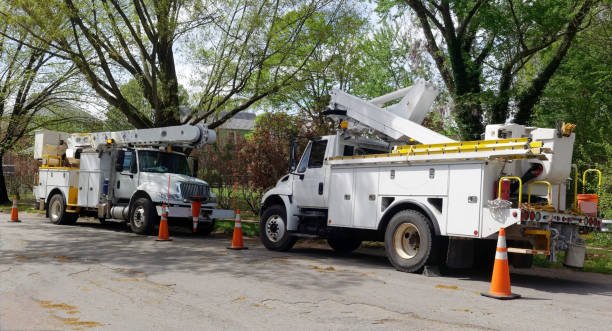Publications and White Papers
Private Virtual Network Operator (PVNO) is a business model, which several utilities around the world have been evaluating over the past few years. What is PVNO? What benefits does it provide to a utility? What should utilities consider as they think about their telecommunications strategy and where can PVNO fit into it?
A PVNO does not own or operate its own infrastructure or Radio Access Network (RAN), but instead leverages RANs owned and operated by other commercial providers, referred to as Mobile Network Operators (MNOs).. . . . (click here to read full article).
Electric utilities have owned and operated private wireless networks for decades, long before there were commercial wireless carriers. Utilities owned and operated these networks for Land Mobile Radio (LMR) and Supervisory Control and Data Acquisition (SCADA) purposes. These networks were critical to the utilities’ businesses as utilities relied on them for control of substations and remotely controlled switches, and for the safety of their personnel and electricians. . . . (click here to read full article).
Utilities have owned and maintained their own private networks for decades, long before there were public wireless carriers (which came into existence in the early 1990s). Utilities have historically used private wireless networks for land mobile radio communication and for wireless Supervisory Control and Data Acquisition (SCADA) functionality.
The Federal Communications Commission (FCC) historically has made some narrowband spectrum available for utilities to allow for private communication without interference. While this spectrum was sufficient for utility applications in the past, as data needs have grown exponentially the availability of spectrum has decreased and the FCC no longer has a classification of spectrum for utilities. This puts utilities in a challenging position. . . . (click here to read full article).
Moving a Private LTE system through the regulatory process—and having a successful business case approved by regulatory commissions—is key to being able to build and implement a PLTE network. Historically, telecommunications were built into the business case for each specific use case or application that it supported—communications networks were purpose-built, SCADA communications networks went into the SCADA business case, and AMR/AMI communications went into the AMR/AMI business case. . . (click here to read full article).
For several decades, critical infrastructure entities, such as utilities, oil and gas, rail, and first responders, among others, have relied on their own telecommunications networks. These privately owned, privately maintained networks have been used to manage day-to-day operations and to coordinate emergency services in times of crisis.
Many of these networks need to be mission-critical and have used portions of the wireless spectrum that were either unavailable to other users or unwanted by other industries . . . (click here to read full article).




